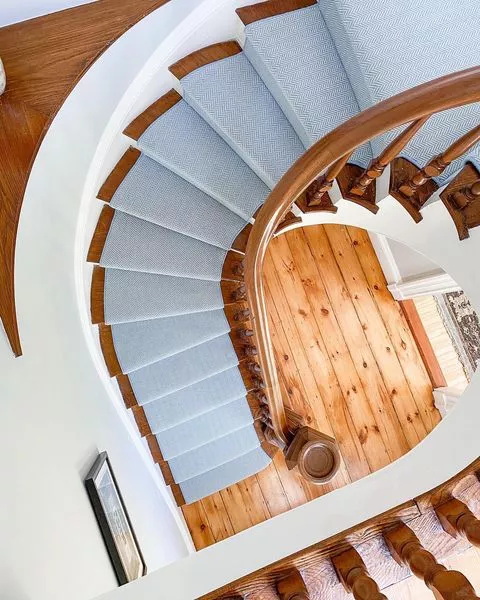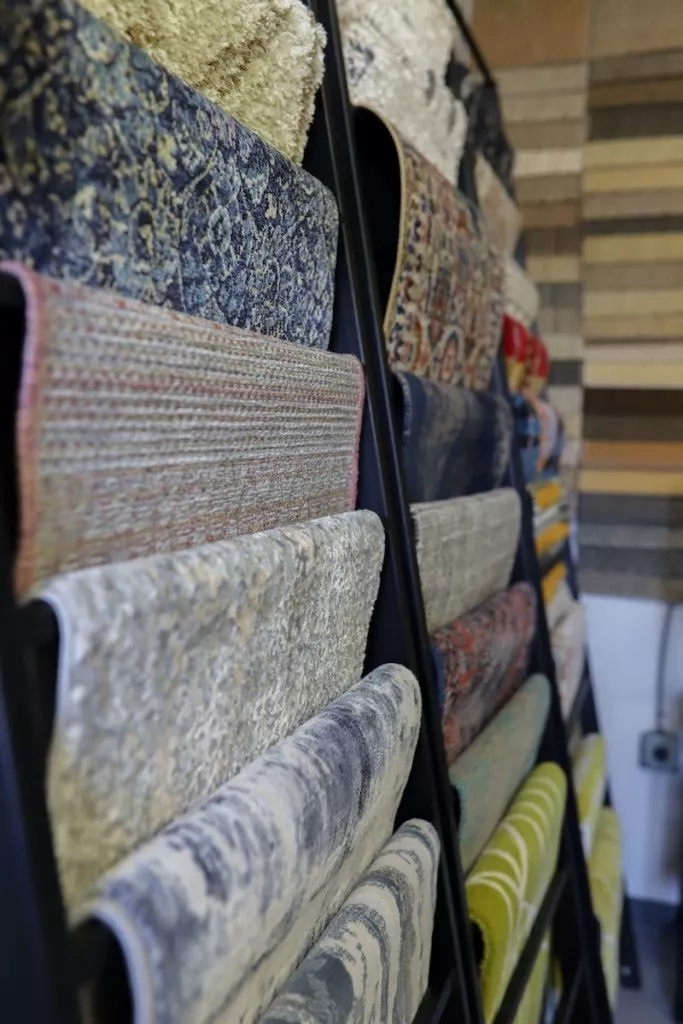Have you ever fell in love with a fabric but couldn’t describe it in order to find it again? We’ve all heard of the common patterns, such as florals, stripes, and geometrics. BUT patterns don’t stop there. Lately, I’ve been learning a lot about different fabrics and patterns, including names I never even knew existed! After reading this inspiring blog on patterns and getting overly excited, I’ve decided to compile a list of some patterns, their names, and a little bit about them.
1. Damask (DAM-usk): Damask fabrics generally feature patterns of flowers, fruit, and other designs. Also, they are one or two colors.
2. Matelassé (Mat-la-SAY): A matelassé fabric is a design with a raised pattern that appears padded, quilted, or embossed. Even though they appear padded, matelassé fabrics don’t actually contain any padding. They are typically solid colors.
3. Quatrefoil (KAT-ruh-foil or KWA-tra-foil): The name quatrefoil is Latin for “four leaves” and the design resembles a four-leaf clover. There are many variations, including the “barbed quatrefoil,” which is squarer and the “slipped” quatrefoil, which has a small stem.
4. Houndstooth: This classic check is a two-tone pattern that combines dark and light yarns. An interesting fact about this uneven pattern is it looks similar to a dog’s tooth…hence the name. You can find Houndstooth in jackets and clothing but is also great for carpet.
5. Suzani (Su-ZA-nee): . Suzani fabrics are usually a large-scale design with sun and moon disk (medallion), floral, and vine motifs. Today’s suzani designs are usually loom woven or printed.
6. Chevron: With a zigzag stripe pattern, chevrons have been popular in the U.S. for what seems like forever. They are fun and playful.
7. Paisley: The paisley resembles a droplet, teardrop, or tadpole. Paisley continues to be popular today in formal styles as well a playful bright colors, perfect for kids’ rooms.
8. Ogee (OH-gee): Ogee gets its name from the architectural arch it resembles. The arch is formed at the connection of two, mirror image, elongated S shapes. This curvy pattern can sometimes resemble an onion.
9. Jacobean: A common theme in Jacobean fabrics is branches ornamented in color with fruits, flowers, and/or birds. Although they can have an old English feel to them, but many designers are now giving Jacobean elements a modern flair.
10. Ikat (EE-cot): Ikat actually refers to a dyeing and weaving method rather than the pattern itself. The term ikat comes from the Malay word “mengikat” meaning, “to tie.” The centuries old process includes tying the threads before they are dyed to achieve designs that are then woven into the fabric. This method gives ikat fabrics their signature blurred edges. Most ikats today are actually ikat-inspired prints.
What patterns are you loving right now?


